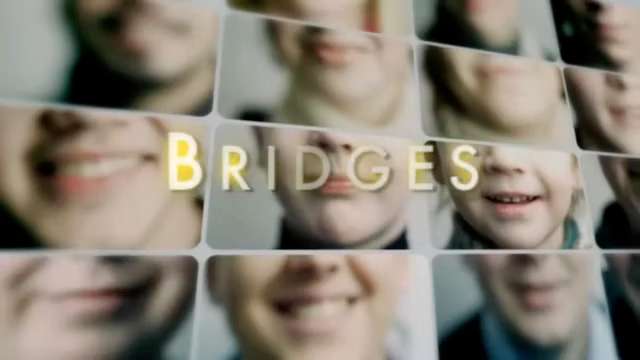3-plus types of dental bridges – There is an option for every smile!
While at Jepsen, Murphy & Associates Dental, we treat generations of families throughout Westminster and greater Denver and Boulder, Colorado. We view each patient as the exceptional, unique individual that he/she/they are! We also appreciate that each patient’s needs and preferences for care change as their overall health evolves. Other life and lifestyle changes can also give rise to new needs for care. Partly for these reasons, our dental team is pleased to offer an array of options for restorative care within each treatment category.
Notably, we provide dental bridges options that are sure to suit a variety of smiles and oral health needs.
Dental bridges
Other dentists, near and far, may only market the “traditional” dental bridge. This type of bridge generally comprises of two crowns and at least one replacement tooth (pontic). The crowns are secured or bonded to the adjoining teeth on either side of the gap. Once fused to these teeth, the pontic fills in the space and replaces the tooth that was lost. The crowned teeth function as “anchors” to hold the replacement tooth in place in the jaw. As with all dental crowns, some tooth structure must be removed from the anchor teeth (“abutments”). This step ensures that the crown fits on top of the abutment tooth properly.
We offer additional treatment options because not all patients are good candidates for or want traditional bridges. For instance, a replacement tooth or pontic in a bridge can be supported by just one anchor tooth or abutment. This alternative is known as a “cantilever bridge.” One neighboring tooth is slightly reduced. Then, the single dental crown is fused to the pontic and cemented to the abutment. Now, since the pontic is supported by one tooth, the cantilever bridge is best-suited to replace those teeth that do not bear the brunt of the force and stress from everyday functions like chewing and grinding down food.
Some patients can avoid the need to have their neighboring teeth altered and crowned entirely. The “Maryland bridge” option involves fabricating the pontic and then fusing two wings or attachments on either side of this replacement tooth. The bridge is then connected to the neighboring teeth with attachments. So, the wings hold the pontic in place. Again, this option may be appropriate for teeth that do not sustain the brunt of pressure from grinding down and chewing food. For instance, Maryland bridges present a more conservative alternative for patients who have lost a front tooth.
Still, other options include bridges held in place by dental implants positioned and secured in the jawbone. The replacement teeth are connected to the implant. So, implants function like tooth roots. They are designed more like natural teeth.
At Jepsen, Murphy & Associates Dental, we look forward to completing your confident, healthy smile. Better yet, call us right away at (303) 800-6884. We may be able to “save” even the most severely damaged or weakened tooth and prevent the need for dental bridges and other forms of tooth replacement.

A bridge is a non-surgical way to replace one or many teeth. A bridge uses the adjacent teeth as anchors to support the missing tooth or teeth. With today’s dental advancements, a bridge can be fabricated in a fairly short period of time, using a metal or nonmetal foundation. Don’t let that missing tooth affect the way you speak, eat, and smile. Bridges yield immediate results that last a lifetime. Ask your dentist what type of bridge may be right for you.

